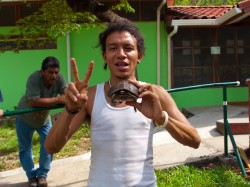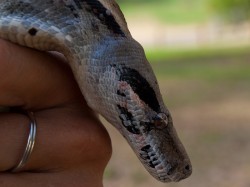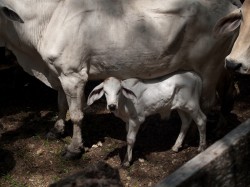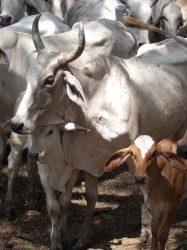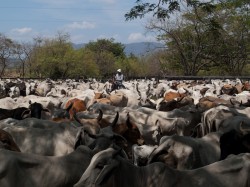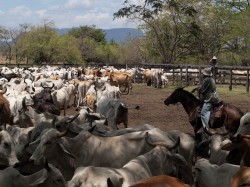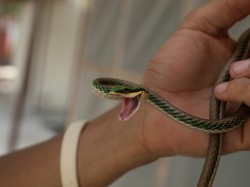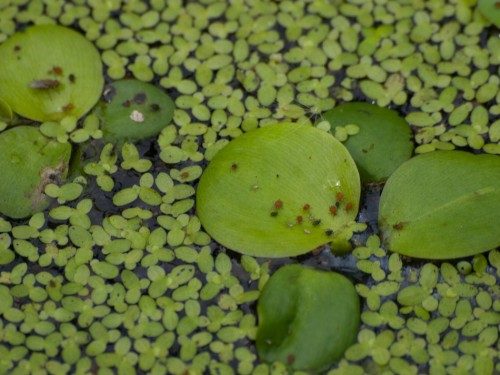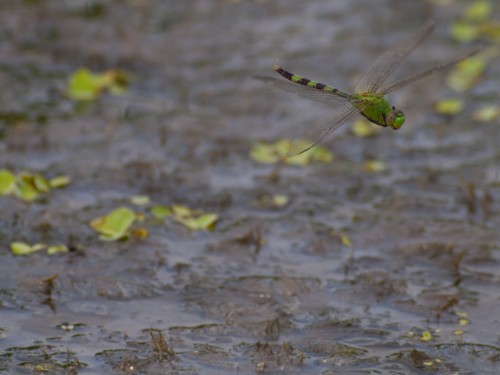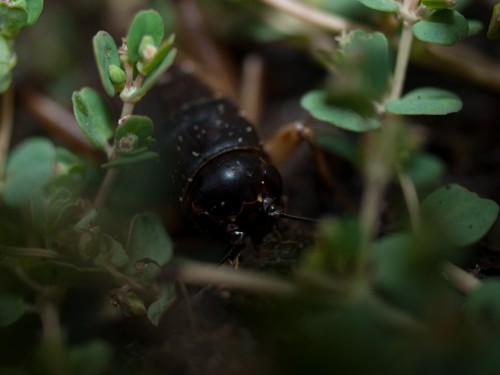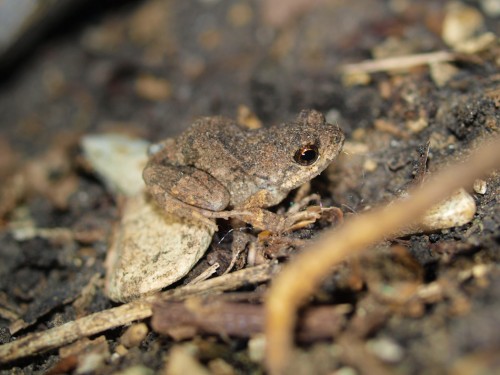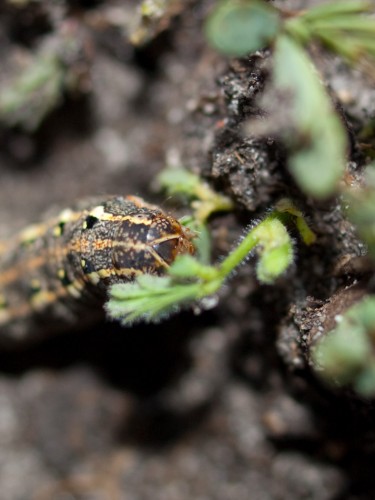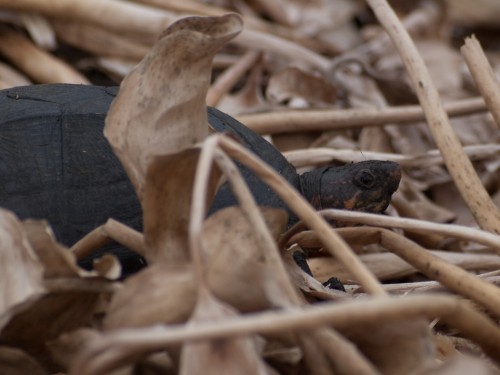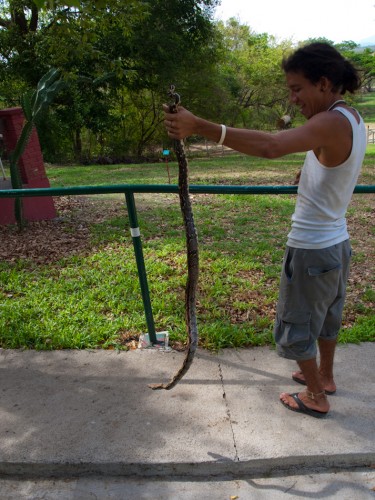 A few days ago, Boa (named so for several non-mutually exclusive reasons: (1) he loves boas, (2) he has a boa tattoo on his back and (3) he’s crazy…) found a Boa constrictor. He also found a Paint Wood Turtle, both at the amphibian drift fences that he checks twice daily. He immediately ran back to the station to share the excitement, once again. It was my first sighting of a wild Boa and now it’s actually being housed in our shared bedroom; Boa determined that the snake was sick, and is attempting to nurse it back to health.
A few days ago, Boa (named so for several non-mutually exclusive reasons: (1) he loves boas, (2) he has a boa tattoo on his back and (3) he’s crazy…) found a Boa constrictor. He also found a Paint Wood Turtle, both at the amphibian drift fences that he checks twice daily. He immediately ran back to the station to share the excitement, once again. It was my first sighting of a wild Boa and now it’s actually being housed in our shared bedroom; Boa determined that the snake was sick, and is attempting to nurse it back to health.
This morning, we fed it a Mexican Mouse Opossum, but there were too many people watching and Eva (the snake’s name) release the marsupial and hasn’t ingested it.
I’m posting several pictures with Boa because he’s been advertising Montegraphia.com to tourists, groups and friends.